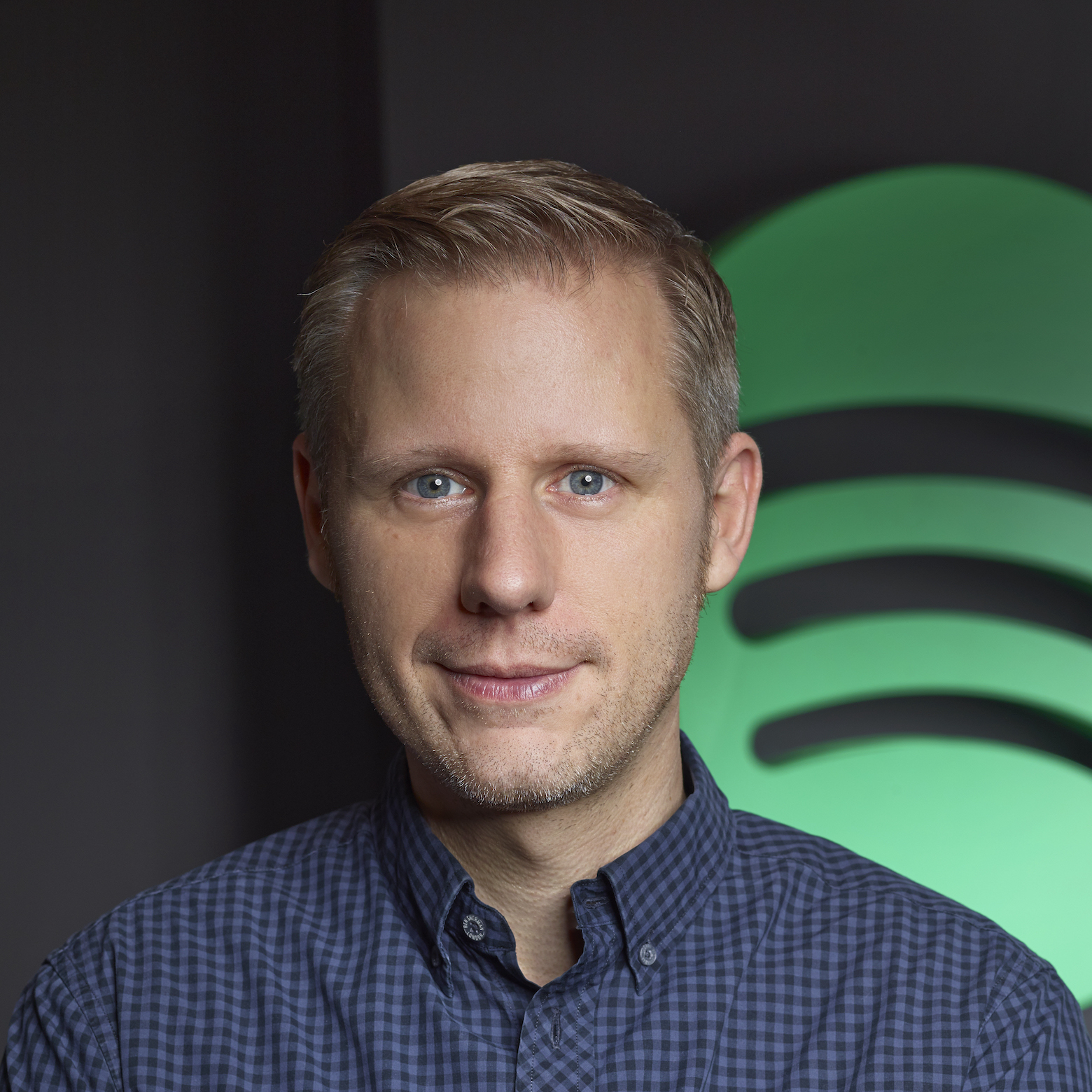
When Spotify launched in Europe in 2008, the music industry—and the world at large—changed forevermore. At the time, few could have predicted that a start-up originating in Stockholm only a few years prior would grow beyond Europe to become the largest audio-streaming subscription service in the world with over 550 million users worldwide.
Since then, Spotify has innovated and expanded to incorporate podcasts, audiobooks, and the latest technology into our product. And as a result, we’ve also transformed the artist-listener relationship and impacted listening worldwide. Michael Krause has had a front-row seat to Spotify’s expansion—and the trends it’s both inspired and amplified—for quite some time, first in his role as the Managing Director for Central and Eastern Europe, and now as General Manager for Europe.
For the Record recently caught up with Michael to learn about some of the most notable changes in his markets over the last 15+ years.
Can you give us a short musical overview of the UK, Spain, France, and Sweden?
It was amazing to look back at the streaming trends over 15 years and pick up on the similarities and differences between the four countries. It’s also great to reflect on how listening habits have evolved more broadly over time and how we’ve contributed to the growth of local music.
In the U.K., 1990s nostalgia is still going strong. Britpop is high on the listening figures, with Oasis and the Arctic Monkeys as firm favorites. Unsurprisingly though, Ed Sheeran takes the crown for most-streamed British artist, second only to Drake in all-time streams. It is also great to see early British Spotify adopters including Adele, Sam Smith, and Stormzy going on to achieve massive streaming success in the U.K. market and around the world.
Meanwhile, Spain has seen a significant shift in musical taste, replacing pop music with urban Latino, a genre which has topped the charts for the past six years. The likes of Manuel Turizo and Rauw Alejandro in the top five artists reflects the South and Central American influence on Spanish music trends.
France has also experienced a shift in listening habits over the years, from international rock and pop in the earlier years to a dominance of French hip-hop and rap today. This is reflected by the market’s top five artists of all time, led by local sensation Jul. When we look at 2008, when Spotify was launched, to more recent years, we see an embracement of local musical genres, which has overtaken international music.
Sweden—the birthplace of Spotify—on the other hand, has been steadfast in its love of pop music, which has been the most-streamed genre every year since 2011. Fittingly in 2023, given the triumph at Eurovision, Swedish pop leads the way.
Are Spotify fans in these markets more interested in global top musicians, local artists, or a mix of both?
This is something that has changed over time. When Spotify launched in 2008, streaming across all markets was largely focused on international artists and those in the mainstream globally. But as time has passed, streaming for local artists has increased significantly.
Taking France as an example, the figures show that in 2008, French artists made up a very small proportion of listener streams. Jump forward ten years and the majority of France’s top 100 artists were local, something that has continued up to today.
This trend sums up why we are so proud of Spotify and what we’ve achieved over the past 15 years in Europe. The platform empowers creators to grow their audience base and allows listeners to discover a wider variety of artists, and it is fantastic to see that they are gravitating towards local talent. What’s even more interesting is seeing that these local artists can now travel beyond their own geographical or linguistic barriers—as an example, every one of two streams for a French-produced artist comes [from] outside of France. It’s quite an extraordinary achievement, one that was literally unthinkable 15 years ago. Swedish artists are also riding the wave as they are streamed more than twice as much outside of their own country.
What other notable behaviors are you seeing across the region?
There has been a notable rise in the popularity of hip-hop across all markets, and this year the genre is consistently among the top five across the U.K., Sweden, and France. Back in 2008, on the other hand, rock was the top genre across all four countries.
Another trend that stands out is the breadth and variety of genres featured in the top 10. While pop, rock, and other classics remain prominent, the likes of reggaeton, trap Latino, and permanent wave have found their way into the mix.
What about podcasting across Europe?
Podcasts continue to grow in popularity, with listening figures rising across Europe. While they have been well established in the U.K. and Germany for some time, some of the sharpest rises have come from countries newer to podcasting. In Spain, for example, podcast listens grew by 298% in 2022, and France saw a staggering 379% increase. More big influencers are successfully launching podcasts, including Hobbyloss in Germany and Canapé Six Places in France.
Can you share some of the continuing opportunities in the region?
Spotify began as a music-streaming company, and over the past 15 years we’ve evolved into a global platform for audio content. We’re always looking to create new opportunities for artists to connect with audiences across the world and shape the future of creativity.
Audiobooks is a focus area which offers significant innovation and growth potential and has large and engaged audiences in Europe. We launched audiobooks last year and recently expanded our offering to make 150,000 audiobooks available in the U.K. and Australia as part of users’ existing Spotify Premium subscriptions. The U.K. is one of the largest markets for audiobooks globally, and we know there’s similar appetite in countries like Germany. As we help connect creators with new audiences, we’ll be applying the learnings as we plan for launches in further European markets.
Meanwhile, AI has huge potential to help artists and listeners form deeper connections while expanding their reach. We’re piloting new OpenAI technology that translates podcasts into new languages in the original creator’s voice, making them accessible to listeners worldwide.
Do you have a favorite musical moment from the past 15 years? Any you’re anticipating?
One artist who has accompanied me through that time is The Streets with Mike Skinner. Especially in the pandemic—they were my most-listened-to artist according to my Wrapped. The biggest transformation over the last 15 years, which I’ve found fascinating, is that the Arctic Monkeys have gained a whole new audience through social media and now have several songs with over 1 billion plays.
One thing that I’m looking forward to the most is the comeback of Blink-182 with their new album. The pre-save version of it is already available on Spotify.
What’s the importance of Europe for Spotify as you celebrate this milestone?
We’re really proud that we’ve been a pioneer in so many aspects and that we’ve built this in Europe and have remained in Europe. The journey has been amazing, and we’re growing fast in Europe. Music and audio is such a universal use case. Every person from a newborn to members of the older population finds joy in music. And our platform has room for everyone.
With the phenomenal level of engagement that we have on our platform in Europe, we see lots of opportunities for sustainable and profitable growth. We’re going to continue to expand and build upon the Advertising business, our Free and Premium music product, and in Podcasts. Europe is our single biggest source of revenue, and with the opportunities ahead we think it can remain so.




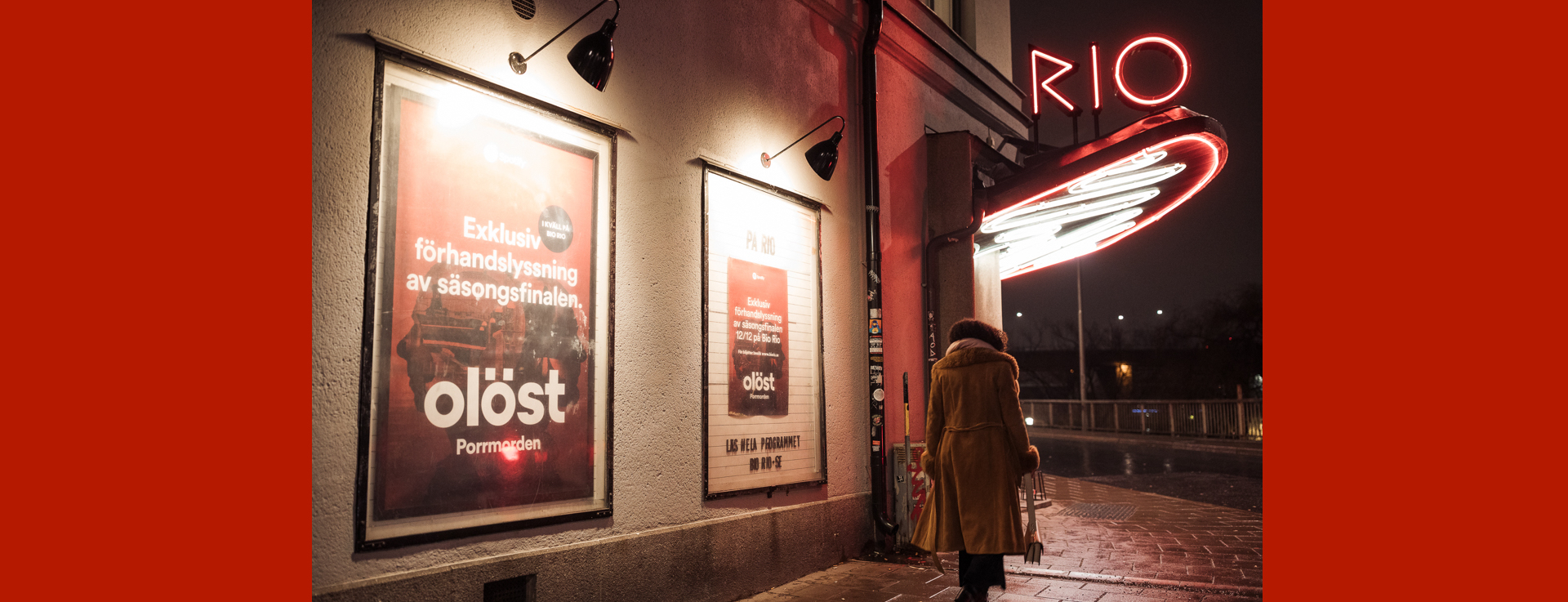


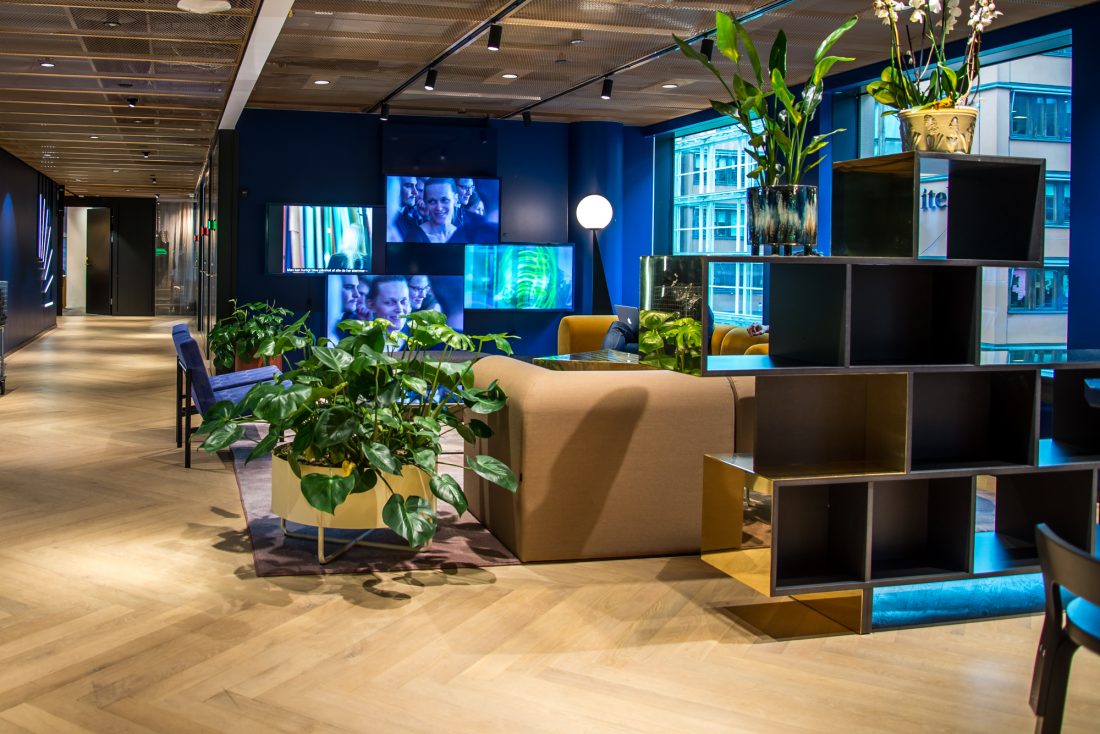

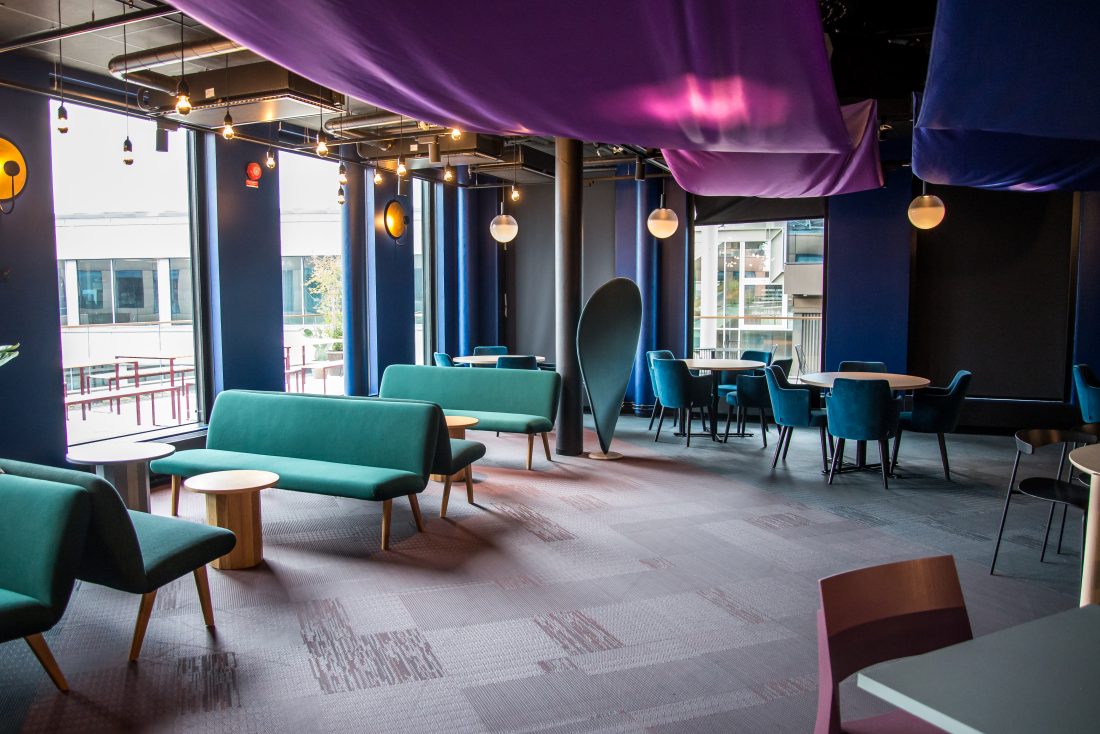
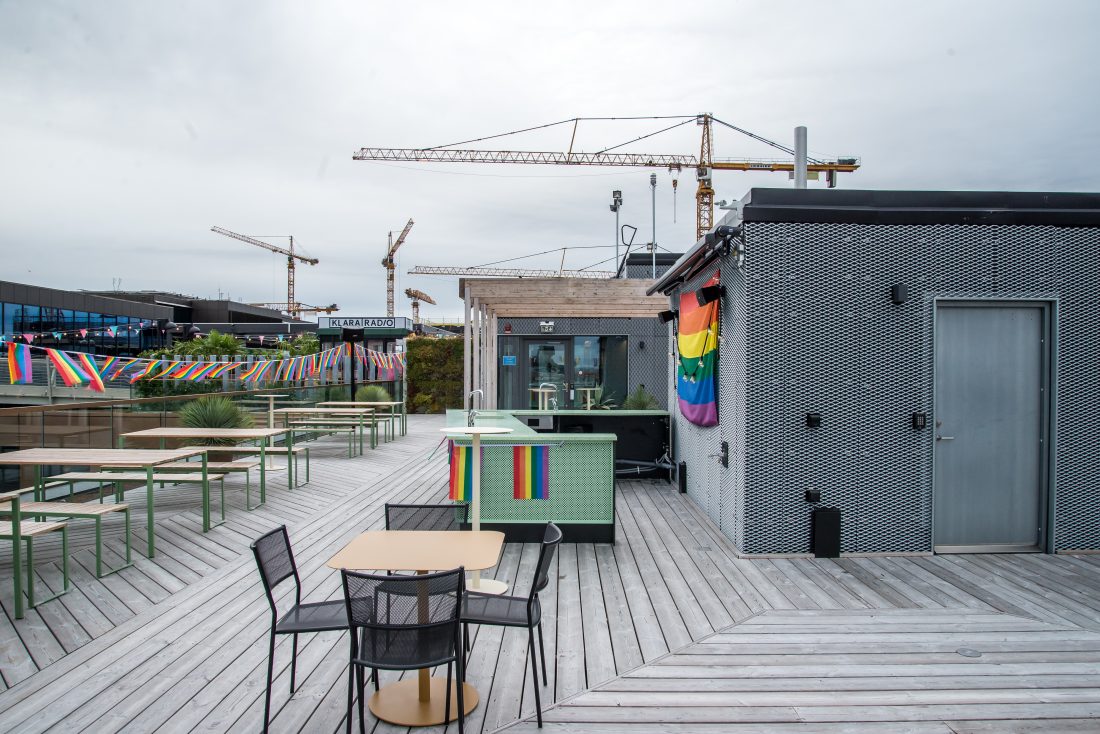
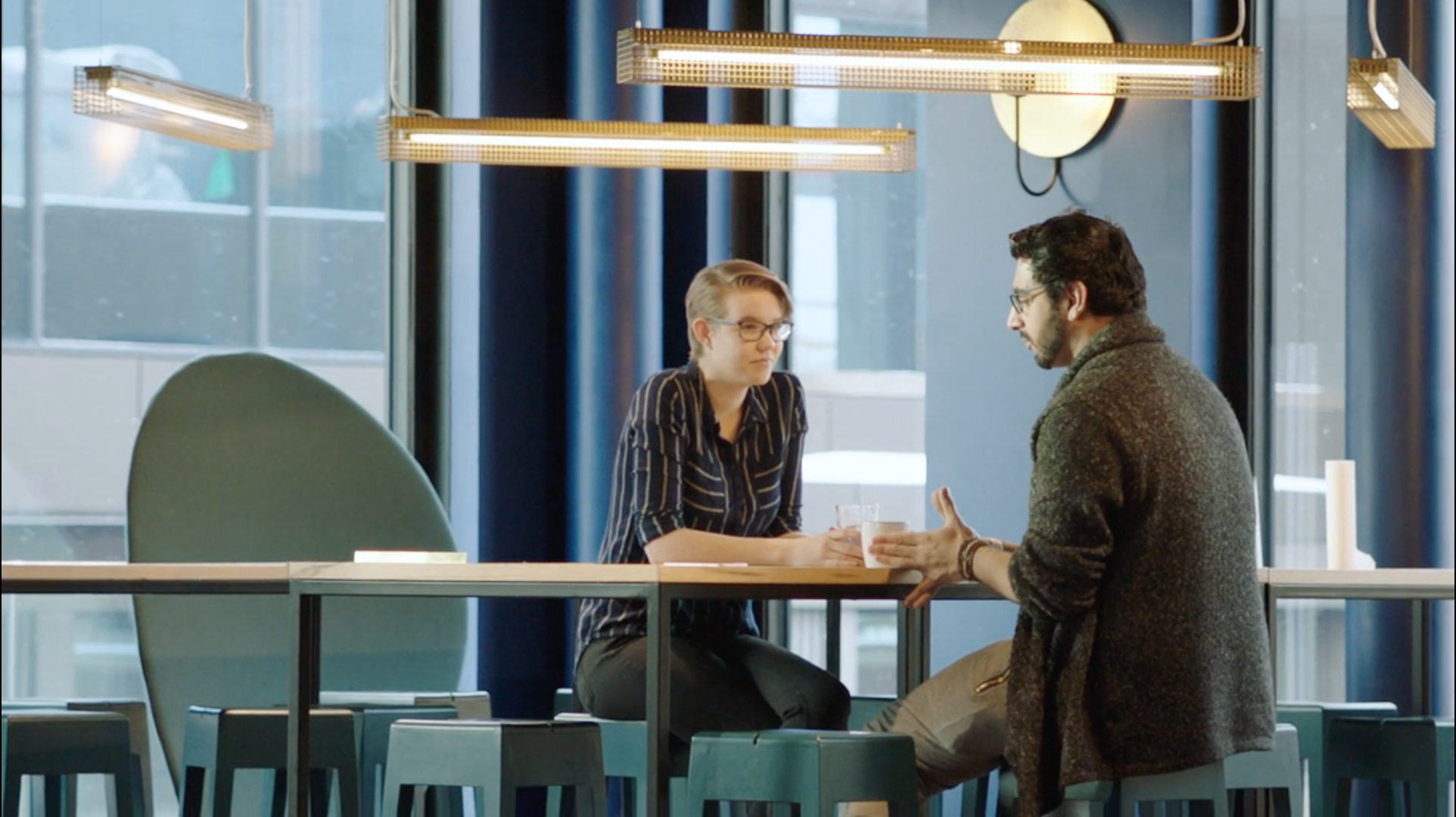
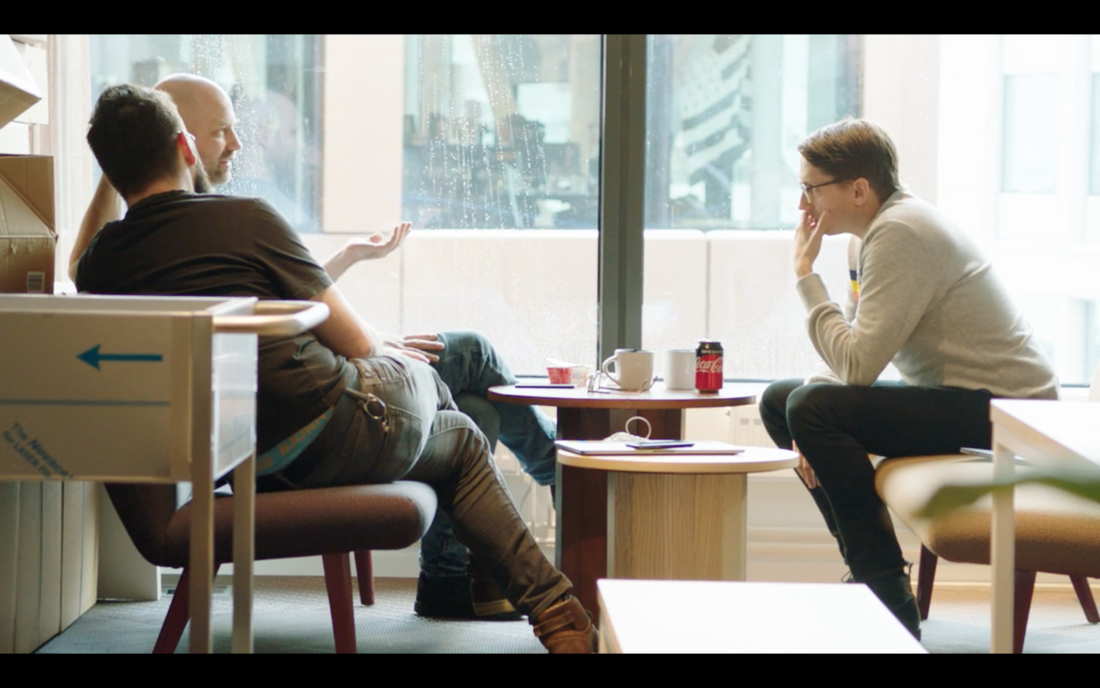
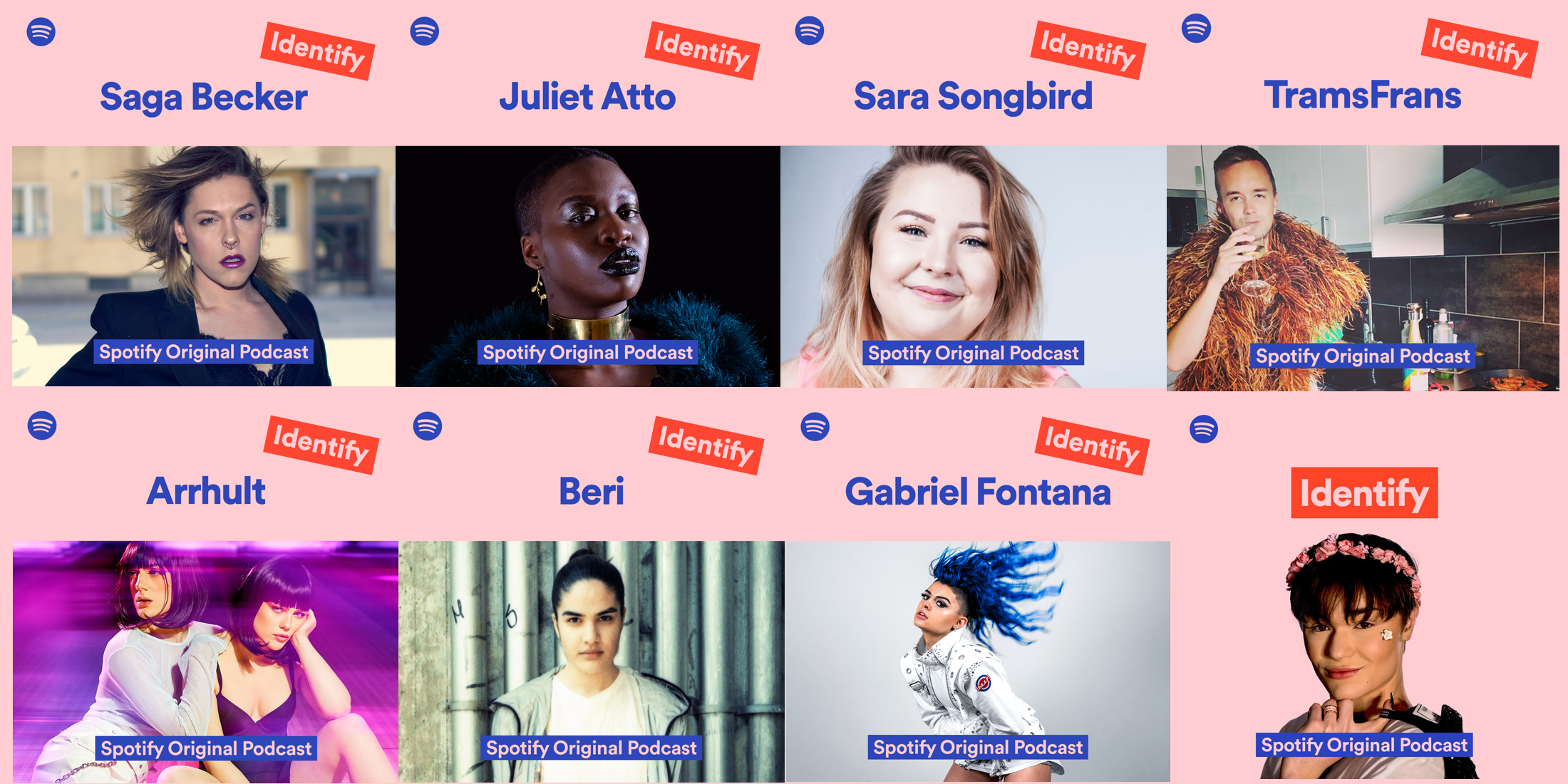

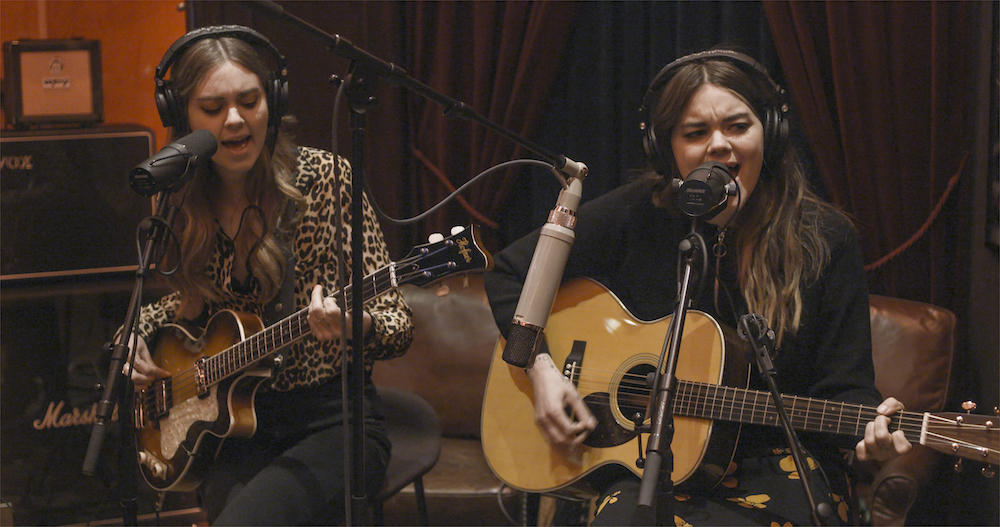



Recent Comments